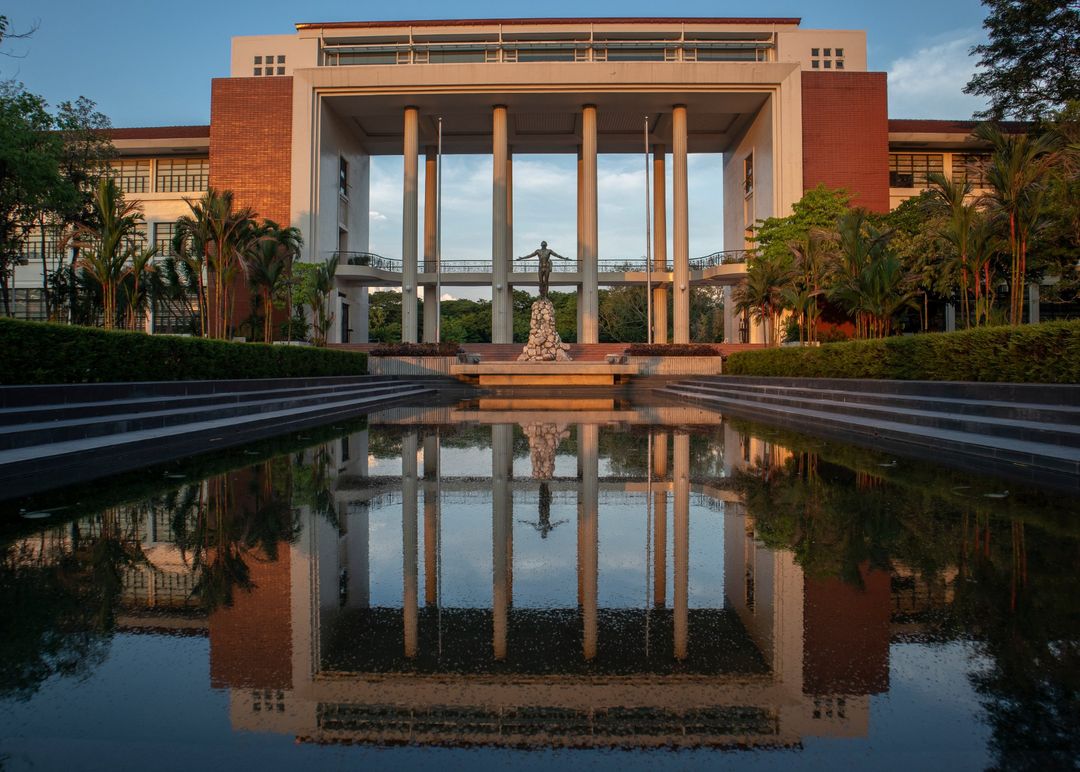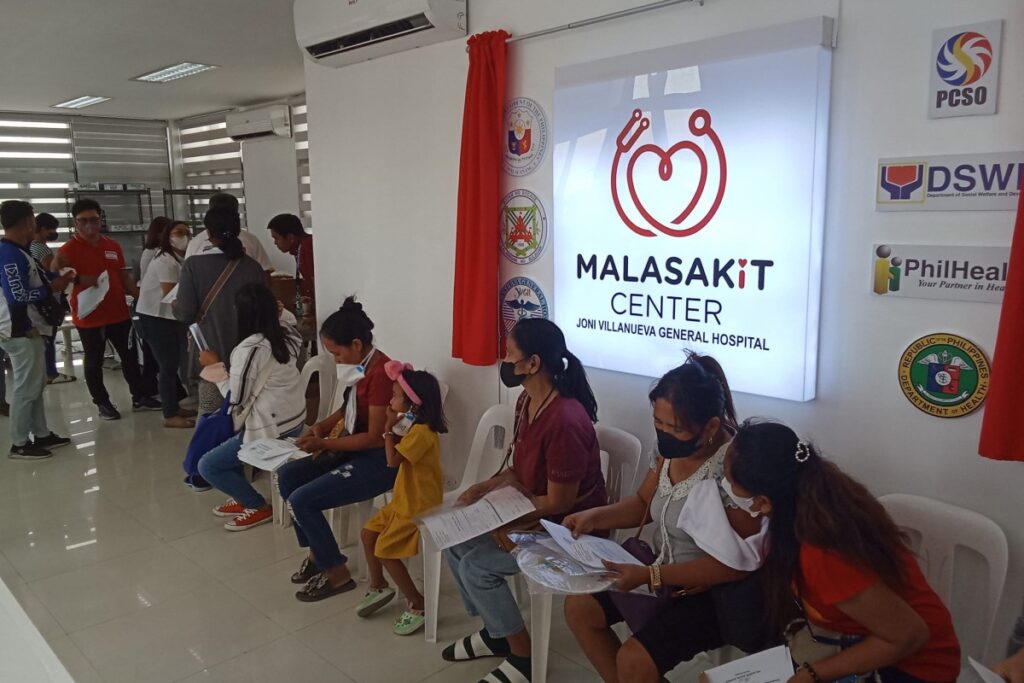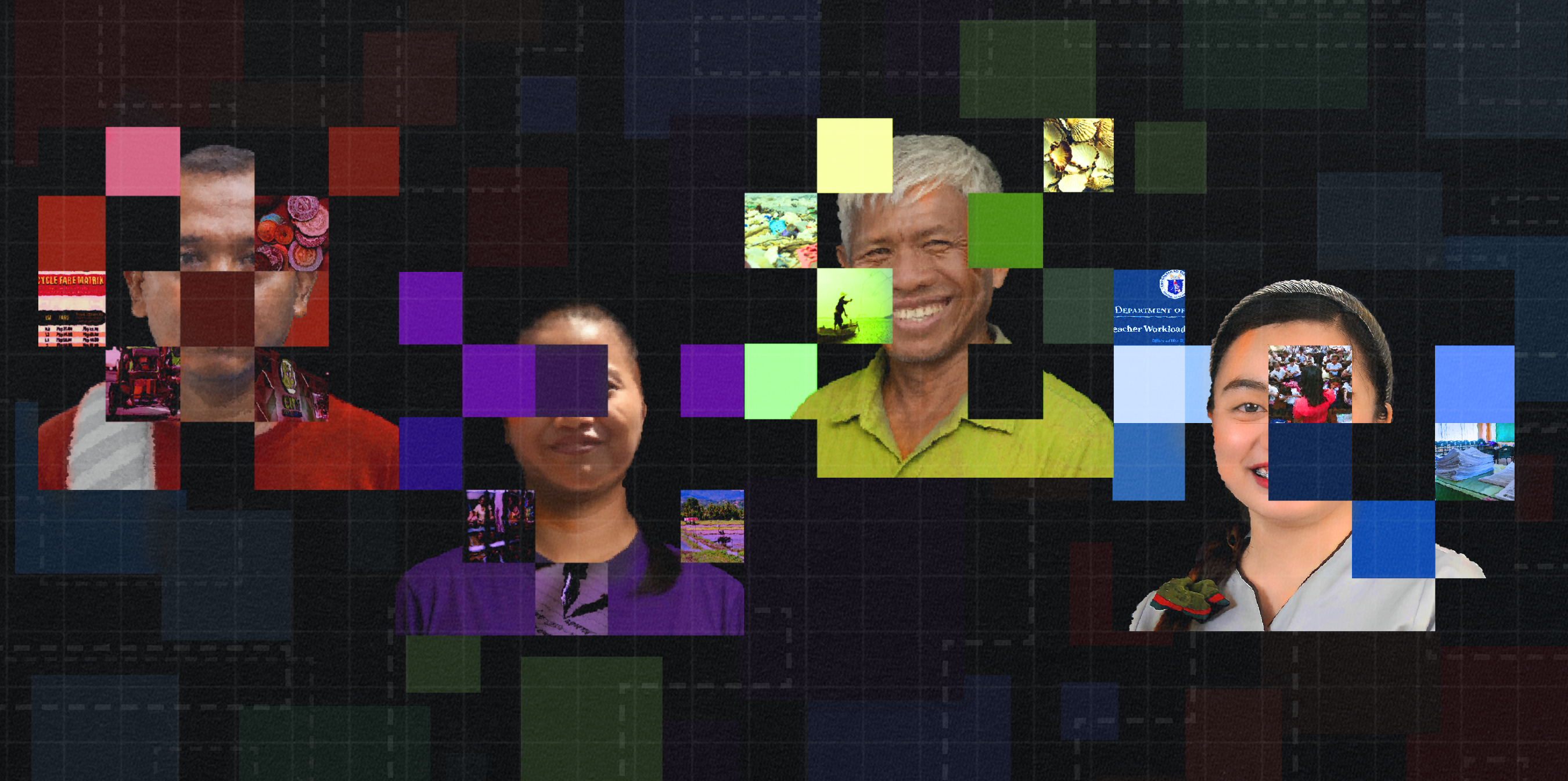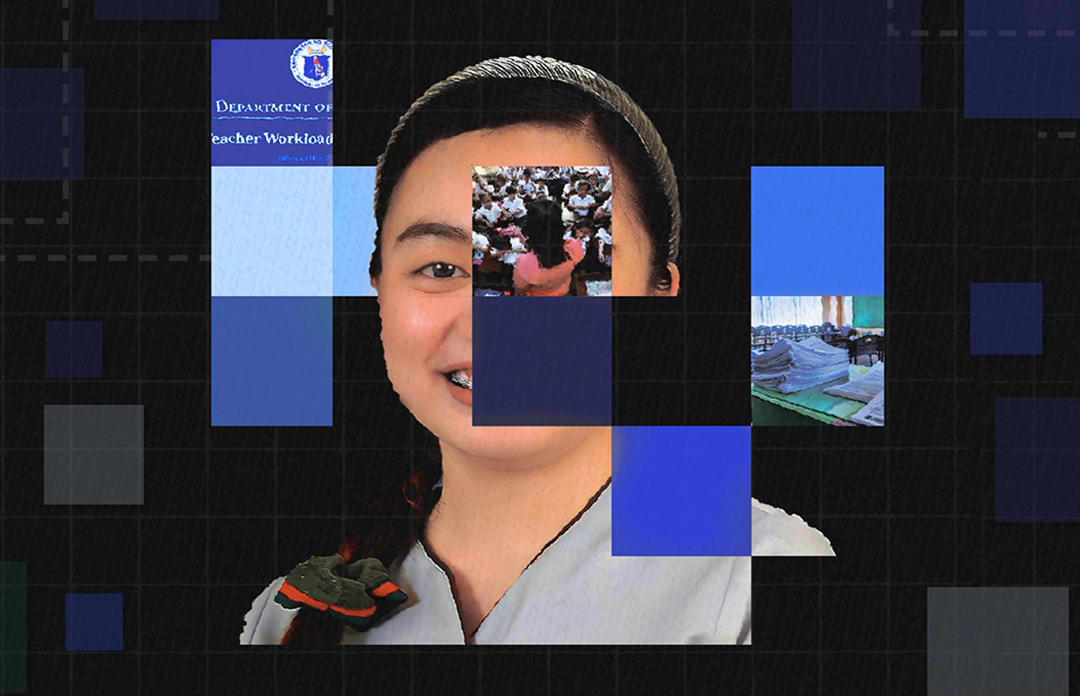After learning in the virtual sphere for two years, the university finally opened its doors for the gradual return of face-to-face (F2F) classes. Last month, the UP administration released the updated guidelines to follow a safe and secure opening of classes for the first batch of students returning to campus.
Lorenzo Mapalo, a fourth-year chemistry student working on his thesis, began participating in face-to-face classes last March. Beforehand, he was doubtful about returning to classes.“We were afraid, [but] at the same time, sobrang looking forward kami for face-to-face classes. As chemistry majors, kailangan talaga namin ng laboratory skills and practice,” he said.
While Mapalo anticipated their return to campus, the changes in the policy and unclear timeline caused uncertainty and confusion for students. “It took us months to prepare and have the assurance na matutuloy siya (F2F). During those months, pabago-bago ang timeline [and requirements] … kung ire-require ba ang PCR test o magka-quarantine na lang,” said Mapalo.
The UP Diliman (UPD) F2F guidelines set out the health and logistical protocols for faculty and students who will participate in physical classes, either inside or outside the campus. But the policy has always been subject to changes since its release last November 2021. The unclear timeline, and the repetitive changes in the policy, ultimately did not show a solid framework for students to have a safe and secure learning environment.
Already dense with rules and requisites, the policy fails to consider the students' capability to meet the conditions for returning to campus. The vagueness of the guidelines stems from the administration’s ignorance of the students’ concerns, as they sideline us from the policy-making process.
Concocting the Policy
The guidelines have undergone many changes with the IATF and the local government, but their implementation will be deficient and imprecise if they go without consultation with the students.
Mapalo blasted the university’s lack of proper dissemination of the guidelines to the participants, which, he said, has resulted in them being unsure of the requisites for F2F classes.
“Dapat [we are] part of the [policy]-making. Isa o dalawang beses lang kaming naimbitahan sa discussion regarding the guidelines, sapat ba yun? Sana lahat [ng participants] naiintindihan at kabahagi ng paggawa ng guidelines,” he said.
An offer for the University Student Council (USC) to be part of the committee revising the guidelines was only made after Chancellor Fidel Nemenzo approved the policy last November 2021. The administration did not consult with the students in concocting the policy beforehand.
In response, the USC, together with Rise for Education-UPD (R4E-UPD), submitted a position paper outlining the demands of the student body. The primary call of the council is the inclusion of a student representative in policy-making. The position paper highlighted that guidelines for F2F should prioritize the overall health and education of students, and ensure that they are given economic assistance. The USC also pushed for a blended-learning approach, recognizing that not all students are ready to go back to campus.
USC Vice-Chairperson Izabelle Dolores eventually became a member of the UPD Crisis Management Committee (CMC), which evaluates and approves the guidelines. The USC mainly comments and suggests revisions to the draft guidelines. The whole committee will then decide if the council’s proposals will be integrated, simply noted, or referred to another office, said Sunshine Reyes, USC councilor and co-convenor of R4E-UPD.
The university now has 338 students participating in F2F classes. However, the USC continues to call for flexible guidelines that are attuned to the welfare of the constituents of the university. Reyes emphasized that the “return to face-to-face classes should always be pro-student and consultative whether in terms of economic factors, health, logistics, and others.”
Many Holes Lead to Woes
While the administration has been open to suggestions from the USC, some concerns still remain unanswered. For one, the economic assistance to students participating in physical classes remains uncertain.
Mapalo and his classmates still fear being exposed to COVID-19, only because getting sick would mean setbacks in his coursework. “Yung [COVID] ang priority ay huwag kayo magkahawaan. Kung nagkahawaan, magsa-stop yung mga activities at sayang yung mga activities na ginagawa namin for weeks,” he said.
As a precaution, the university placed health and safety protocols for the duration of F2F activities—this includes the minimum health protocols set by the Department of Health (DOH) and placing students in dormitories. Unfortunately, this spells another burden for students like Mapalo, who struggle to provide for themselves.
“The available dorms were not on the affordable side, and that excludes drinking water … and you have to pay for your food,” he said. Mapalo pays P3,000 monthly for dorm rental which does not include drinking water and electricity bill.
Should a student contract COVID-19 or other illnesses while participating in on-campus activities, their health insurance, which they should have secured before returning to the university, will be used. Currently, PhilHealth’s minimum contribution stands at P300 per month or 3 percent of the minimum income floor of P10,000. However, those who are not capable of paying can still register as long as they present a certificate of indigency.
According to the USC’s survey last November 2021, 25 percent or 960 of 3,708 students said their monthly household income is insufficient to support them should F2F classes return.
While the policy stated that participation in physical classes is not required, still, students are eager to go back to campus because online classes heavily tax their health and motivation to study. UP President Danilo Concepcion shared, in a system-wide faculty summit last February, his vision of a blended mode of learning in the university, even opening discussion on going from semestral to quarterly, or implementing shorter periods of study and lesser loads.
Recalibrating the Policy
With the administration planning the university’s academic roadmap, it must take into account the interests of the students and faculty. To do so, they must involve the university’s constituents in making key policies and decisions, starting with the guidelines on safe return to school.
Providing economic assistance to returning students makes sure that no one is left behind. The council, through its position paper, continues to call for the UP administration to provide financial aid, subsidies, and grants for students. The fees for the required medical requirements, like the PCR test, should also be shouldered by the university.
Returning students must also be assisted as they transition from remote to physical learning. “The fact na online ang setup, mahihirapan ang mga students mag-adjust. Sana magkaroon ng discussion ang students leaders sa mga constituents and alamin what are the things in place for the adjustment phase,” said Mapalo.
The guidelines are also yet to provide specific provisions on psychosocial services, but the council has been clamoring for the institutionalization of UPD PsychServ, and boosting other counseling services on the campus. Likewise, genuine reading breaks and fewer assignments are ideal for more time to rest and prepare for classes.
A top-down approach from Quezon Hall does not ensure the welfare of the university’s constituents for face-to-face classes, as it has failed us since online classes began. Many students have been struggling in online classes for over 25 months. To step forward to a new era of education, and if the administration wants its academe to be “relevant and suitable,” the policy must be synchronous with our demands. ●







